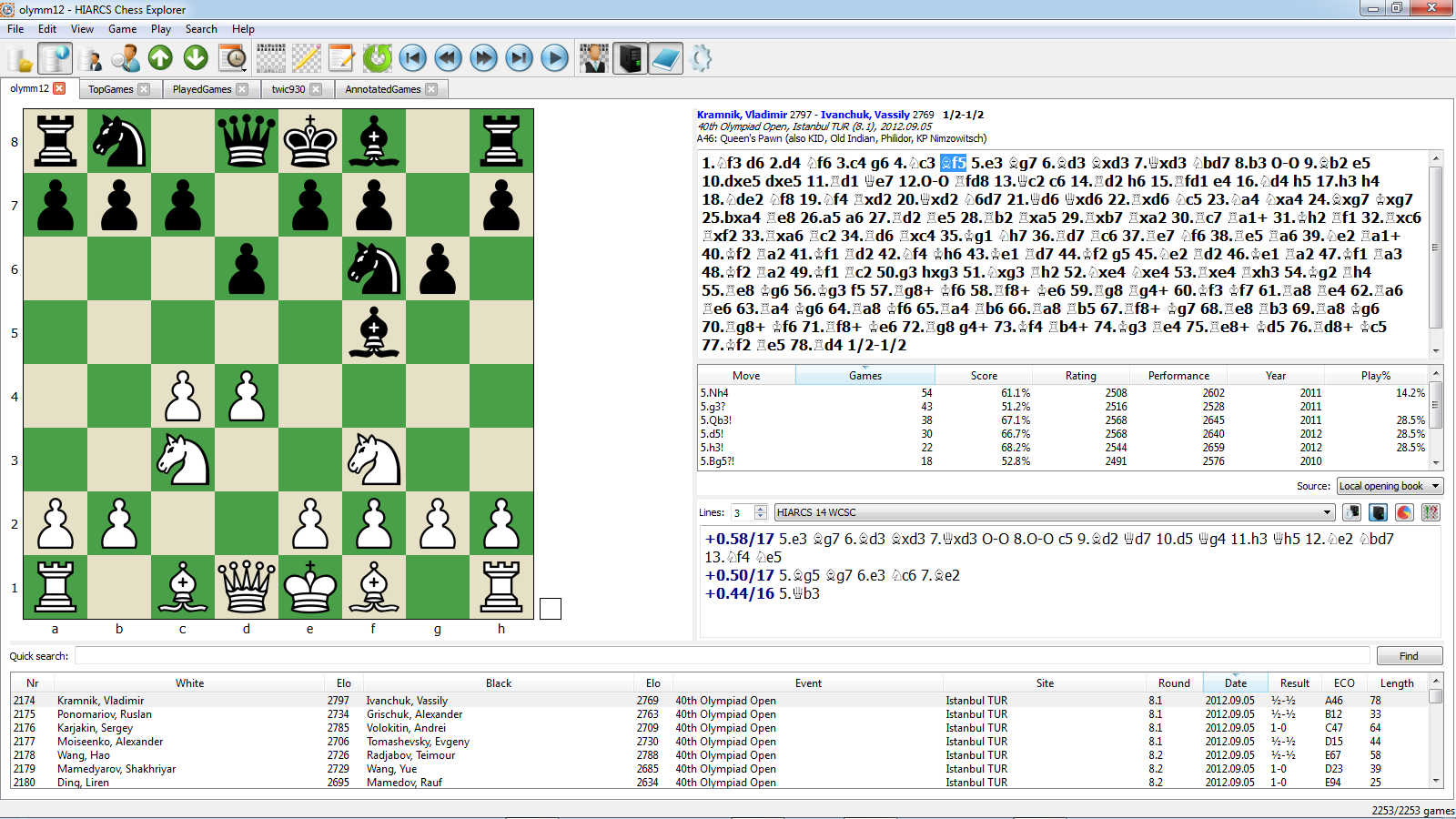
This isn’t a knock on the authors, who made a heroic effort at an impossible task.

However, modern computer analysis shows that many of the lines and evaluations in the books were flawed. I guess the reasoning was that the books covered the most important lines, as measured by chess logic and grandmaster practice. There was never really a great answer to this question. Which in turn raises a question: Out of all the countless variations possible in chess, what good is it to memorize the relatively small selection of lines spelled out in these books? So as intimidating as it seems, even ECO only covers a tiny fraction of the possible variations. And the possibilities increase exponentially from there. More actually, because many first moves increase the scope of the pieces and make more legal moves possible.
#Chess explorer full#
The number of possibilities after two full moves is on the order of 20^4 = 160,000.

Thus, the number of possible sequences after just one complete move is 20 * 20 = 400. The ponderous size and obscure format of these tomes obfuscated something important: On the scale that really counted, the scale of chess, even ECO was tiny.Ĭonsider: Each side has 20 legal moves on move one. The covers listed the title in multiple languages and the content had no explanatory text whatsoever, just a specialized set of symbols representing evaluations of positions. Really serious players preferred ECO, the Encyclopedia of Chess Openings, which consisted of not one but five large volumes. Intimidating as it was, MCO was the lightweight opening manual. I think part of the appeal was the sense that something this dry and inscrutable must contain some really deep knowledge. It was basically a giant catalog of opening variations: hundreds of pages, just like this. I don’t have my old copy of MCO - I must have lost or given it away - but I remember it well. In the hugely popular Netflix show Queen’s Gambit, the first book chess prodigy Beth Harmon receives from her mentor is MCO (Modern Chess Openings).



 0 kommentar(er)
0 kommentar(er)
